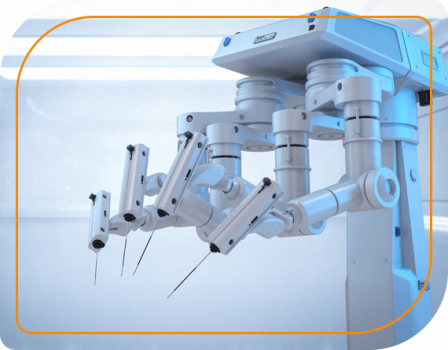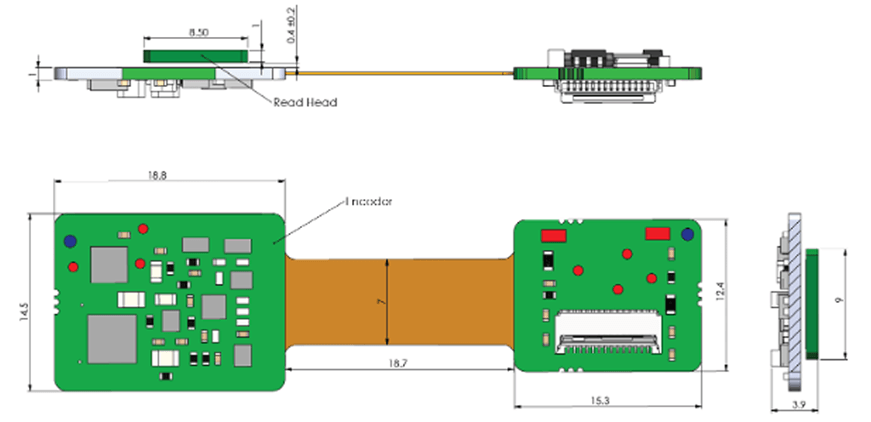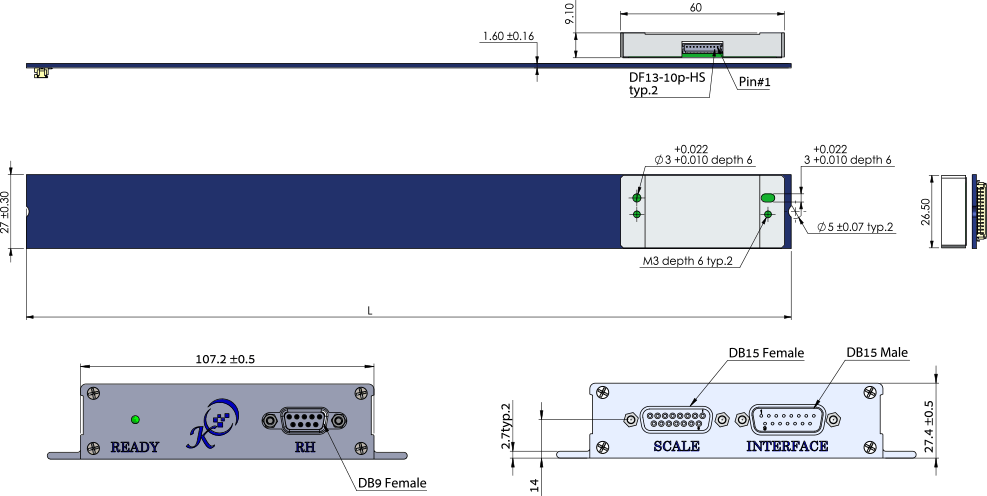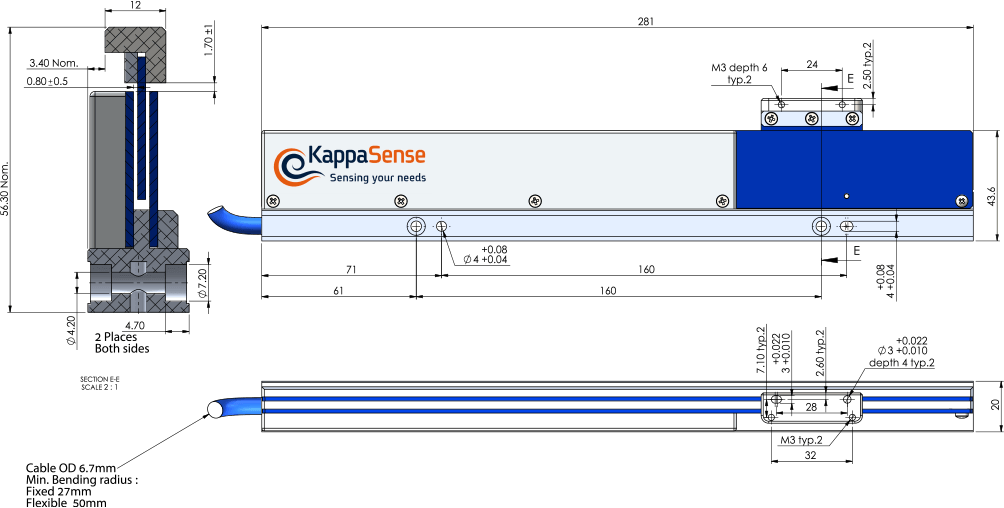Home > Applications > Capacitive Linear Encoders for Medical Machinery
Applications

The medical industry has created, and continues to create, a multitude of machines that improve our lives significantly. In addition to various machines, such as blood pumps and dialysis machines, that can serve function is life-support, there are many machines used for diagnostic purposes. The reliability of these machines, and the interpretation of diagnostic results, is crucial to the lives of the many people who depend on them.
Many of these machines rely on precision motion control for their operation, and the precision of measurement of position and speed of these devices is central to the reliability of the machine as a whole. That measurement is facilitated by encoder systems in healthcare machines. Consider, for example, radiation therapy machines: it is easy to understand how precise positioning of the radiation source is critical to the success of the therapy. On the contrary, imprecise positioning can result in low effectiveness of the treatment in the best case, or completely ineffective treatment as well as the causing of additional harm in the worst case.
Many medical imaging machines rely on linear motion in at least part of their functionality. Perhaps one of the clearest examples is the patient table, or gurney, in MRI, CT, PET/CT and Nuclear Medicine machines. In these machines, the patient lies on the table and the table is moved in or out of the scanning device as different parts of the body are scanned. This linear motion has to be smooth for patient comfort, and the positioning and stability have to be accurate in order for the diagnostic images to be valid. X-ray machines have similar positioning requirements, at least for the bed. Encoders used to measure the motion are examples of an encoder in the medical industry.
In some surgical robots, linear motion might be used during fine positioning of the scalpel, or other end effectors. Such positioning takes place over a relatively small stroke, with the main positioning being done by the robot arms. The fine positioning needs, of course, to be stable and accurate. A mechanically stiff mechanism, such as a small linear motor, might benefit such applications. A medical encoder might be defined as one that is suitable for use in such systems.
Capacitive linear encoders from KappaSense can be useful in encoders in healthcare machines such as the patient tables, since among the characteristics and benefits of these encoders are the following:
Additional benefits to manufacturers of machinery that rely on encoder systems in healthcare are:
These characteristics show that Capacitive linear encoders from KappaSense are suitable for medical technology.


